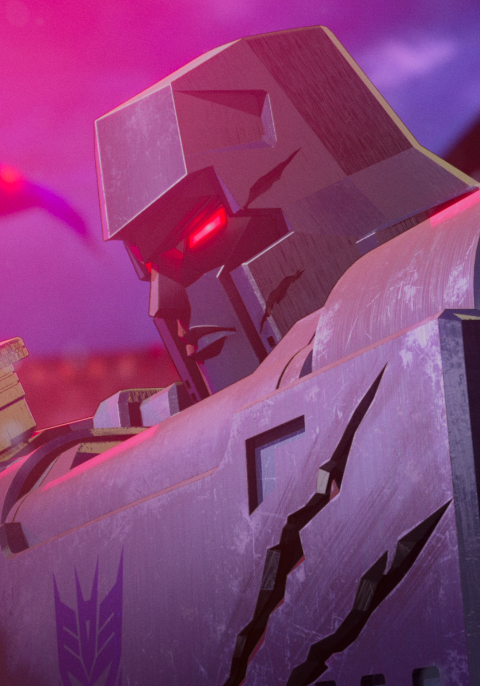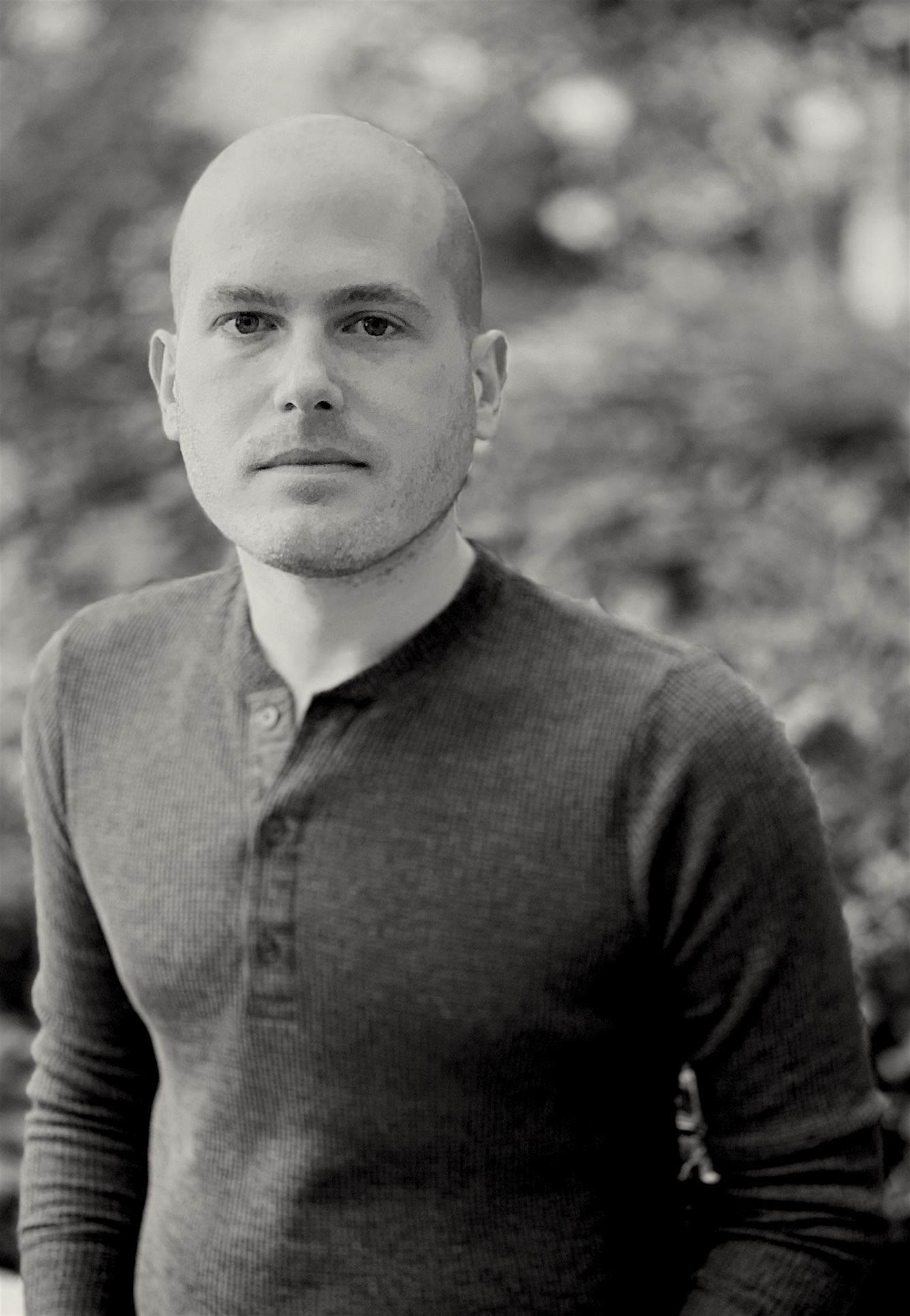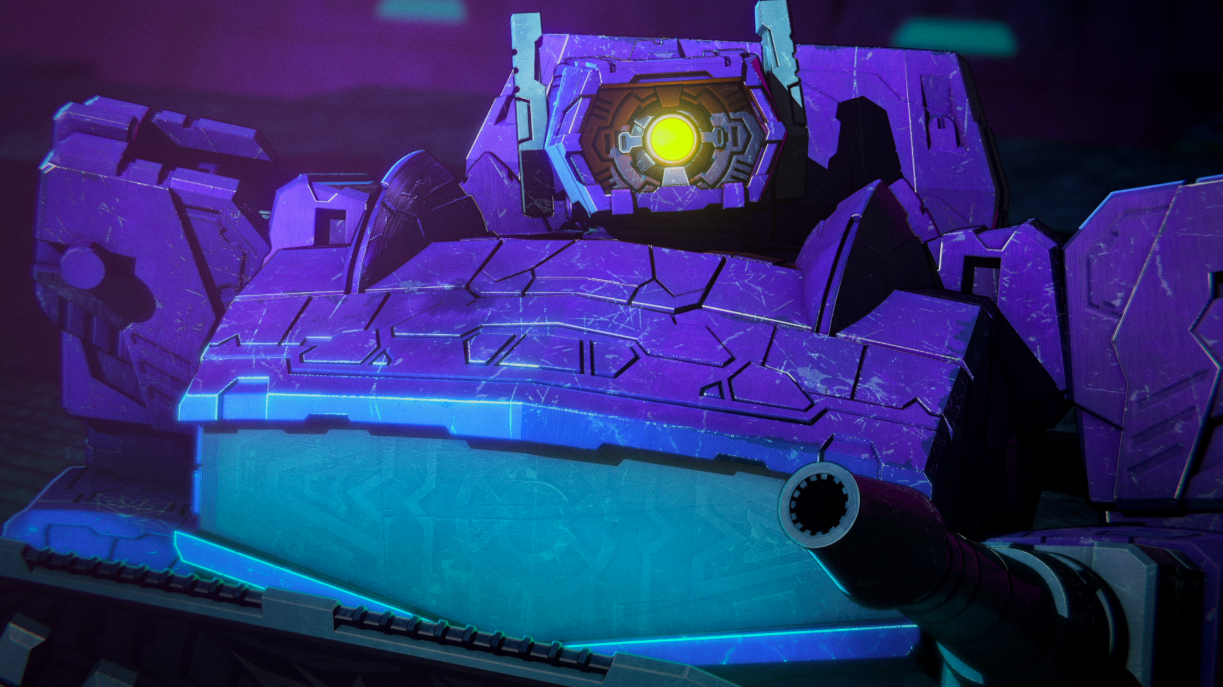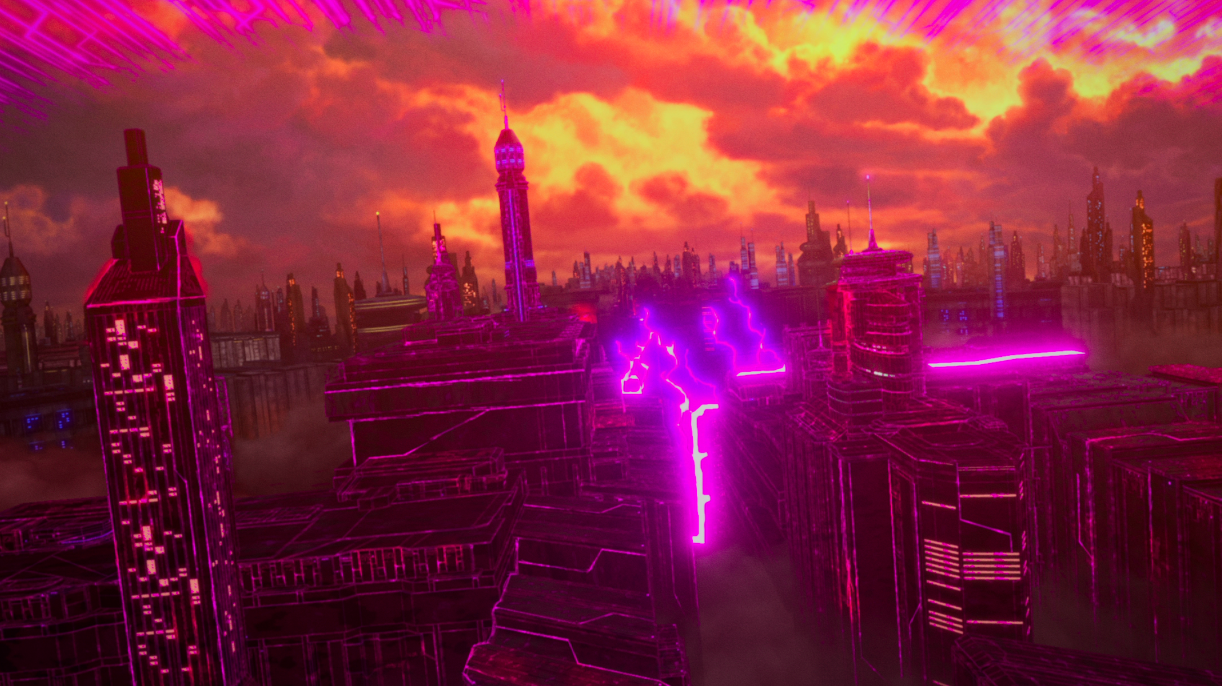A wise band once said, ‘when two tribes go to war, a point is all that you can score’. For Alexander Bornstein, that isn’t exactly the case. The L.A-based composer explains how he concocted the score for part one of new Netflix series, Transformers: War For Cybertron, and how he’s going to score them all.
When approached to compose the score for Netflix’s original animated series, Transformers: War For Cybertron, it was an immediate yes for Alexander Bornstein.
Released as part of a trilogy (the first installment being Siege), the series depicts the devastating civil war between the Autobots (lead by Optimus Prime) and the Decepticons (lead by Megatron).
The Autobots and Decepticons ravage their planet in the Transformers universe's origin story, and despite the decidedly merch-friendly main characters, this is no kids show – revolving around the grim final days of the war on the planet of Cybertron.
“Once they described their approach to it, which is a darker, grittier take on the whole origin of the Transformers, I couldn't say yes fast enough,” says Bornstein. “It strikes a different tone than a lot of the other series. I think it does a good job of appealing to the more adult audience, but they have fun with some elements as well. I definitely agree that it's a little darker and a little bit more intense than I think people are used to from the franchise.”
Bornstein didn’t formally start studying music until he was around 20; before this he was focussed on becoming a filmmaker – busying himself writing scripts and short films.
“I didn't start playing piano when I was three years old, and I think there's definitely an Olympian attitude that we have towards music sometimes, where if you're not going to be amazing at it, why try it at all? That kept me away from wanting to pursue it for a long time. But I came to this fork in the road where I had this opportunity to pivot. As soon as I realised I could try to become a composer or a musician, that was the end of it. I fell in love with it.”
After interning for a few different composers, Bornstein moved to L.A and was lucky enough to get a position at Hans Zimmer’s Remote Control Productions, which helped him get a foothold in understanding the landscape of the industry of film and TV scoring.
“I can not put into appropriate words how effective on the job learning is – especially for something like composing for film and TV where there's so many shifting requirements and demands; every project is different,” he stresses.
Working closely with showrunner F. J. DeSanto, Bornstein considered the sonic theme for this darker take on the Transformers franchise. It quickly became clear that distinctive themes would need to be established for the Autobots, Decepticons, and for Cybertron itself.
“Right away I knew that we wanted it to have a very strong electronic synthesizer element to it, but I also wanted to augment that with orchestral elements and some solo instrumental textures as well,” he says. “It was a little bit of trial and error first, but we had the sound established for the series once those three themes were done.”







